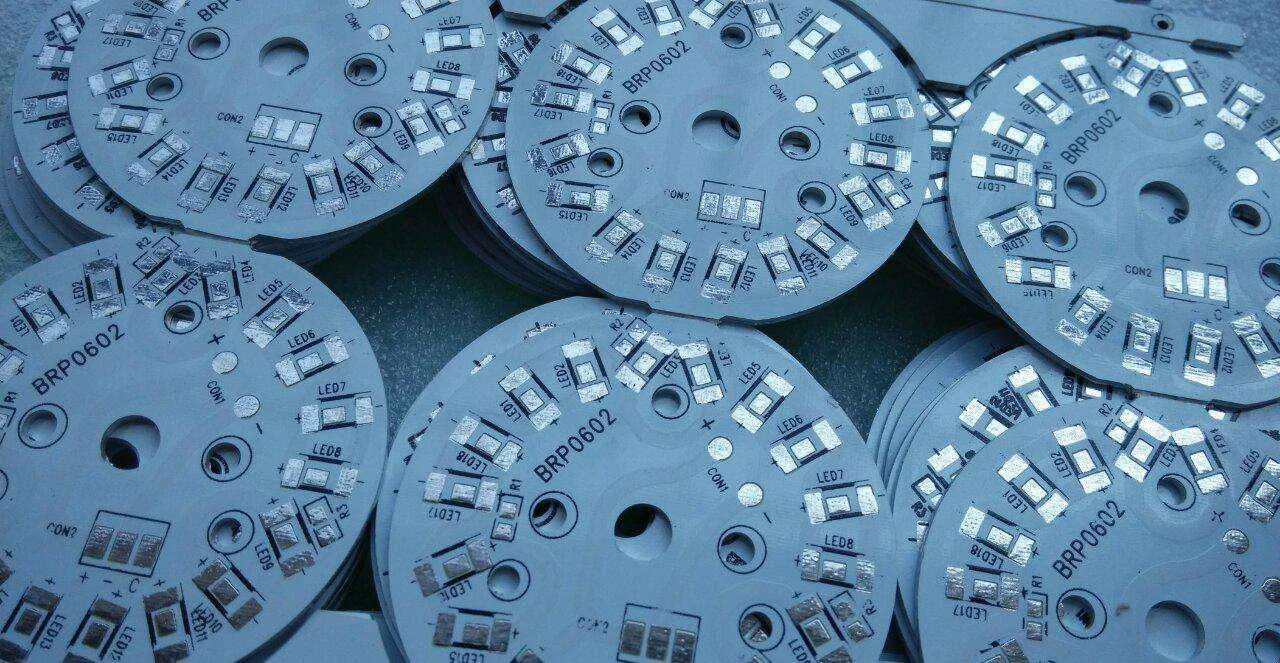 YuYi
YuYi
 Sep 08,2023
Sep 08,2023

Nanotechnology is an interdisciplinary emerging subject field that was gradually developed in the late 1980s and early 1990s. Because it has great potential to create new production processes, new substances, and new products, it will set off a new era in the new century. A new industrial revolution. The current level of development of nanoscience and nanotechnology is similar to that of computer and information technology in the 1950s. Most scientists working in this field expect that the development of nanotechnology will have a broad and profound impact on many aspects of technology. Scientists believe that it has singular properties and unique properties, and the main confinement effects that lead to the singular properties of nano-rare earth materials include specific surface effects, small-size effects, interface effects, transparency effects, tunnel effects, and macroscopic quantum effects. These effects make nanosystems' Physical properties such as light, electricity, heat, and magnetism different from conventional materials, and many novel features appear. In the future, scientists will have three main directions for the research and development of nanotechnology: the preparation and application of nanomaterials with excellent performance; the design and preparation of various nanodevices and equipment; and the detection and analysis of the properties of nanoscale regions. At present, nano-rare earth mainly has the following application directions, and the use of nano-rare earth needs to be further developed in the future.

1. As a glass additive, nano cerium oxide can absorb ultraviolet rays and infrared rays and has been used in automotive glass. Not only can it prevent ultraviolet rays, but also reduces the temperature inside the car, thereby saving electricity for air conditioning.
2. Nano-cerium oxide is applied to automobile exhaust purification catalysts, which can effectively prevent large amounts of automobile exhaust gas from being discharged into the air.
3. Nano-cerium oxide is applied to pigments, which can color plastics and can also be used in coatings, inks, paper, and other industries.
4. The application of nano-cerium oxide as a polishing material has been widely recognized. It is used for high-precision polishing of silicon wafers and sapphire single-crystal substrates.
5. In addition, nano-cerium oxide can also be used in hydrogen storage materials, thermoelectric materials, nano-cerium oxide tungsten electrodes, ceramic capacitors, piezoelectric ceramics, nano-cerium oxide silicon carbide abrasives, fuel cell raw materials, gasoline catalysts, certain permanent magnet materials, All kinds of alloy steel and non-ferrous metals, etc.

1. Additives for steel and non-ferrous alloys.
2. Silicon nitride ceramic material containing 6% nanometer yttrium oxide and 2% aluminum can be used to develop engine parts.
3. Use a 400-watt nano-neodymium oxide aluminum garnet laser beam to perform mechanical processing such as drilling, cutting, and welding of large components.
4. The electron microscope fluorescent screen composed of a Y-Al garnet single chip has high fluorescence brightness, low absorption of scattered light, and good resistance to high temperature and mechanical wear.
5. High nanometer yttrium oxide structure alloy containing up to 90% nanometer gadolinium oxide can be used in aviation and other applications that require low density and high melting points.
6. The high-temperature proton-conducting material of high-nanometer yttrium oxide containing up to 90% of nanometer yttrium oxide is of great significance to the production of fuel cells, electrolytic cells, and gas sensors requiring high hydrogen solubility. In addition, nano-yttrium oxide is also used in high-temperature resistant spraying materials, diluents for nuclear reactor fuel, additives for permanent magnetic materials, and getters in the electronics industry.
Nano-rare earth oxides still have many uses to be further researched and developed by us. We sincerely hope that the success of nano-rare earth can bring a more brilliant tomorrow to all mankind.
